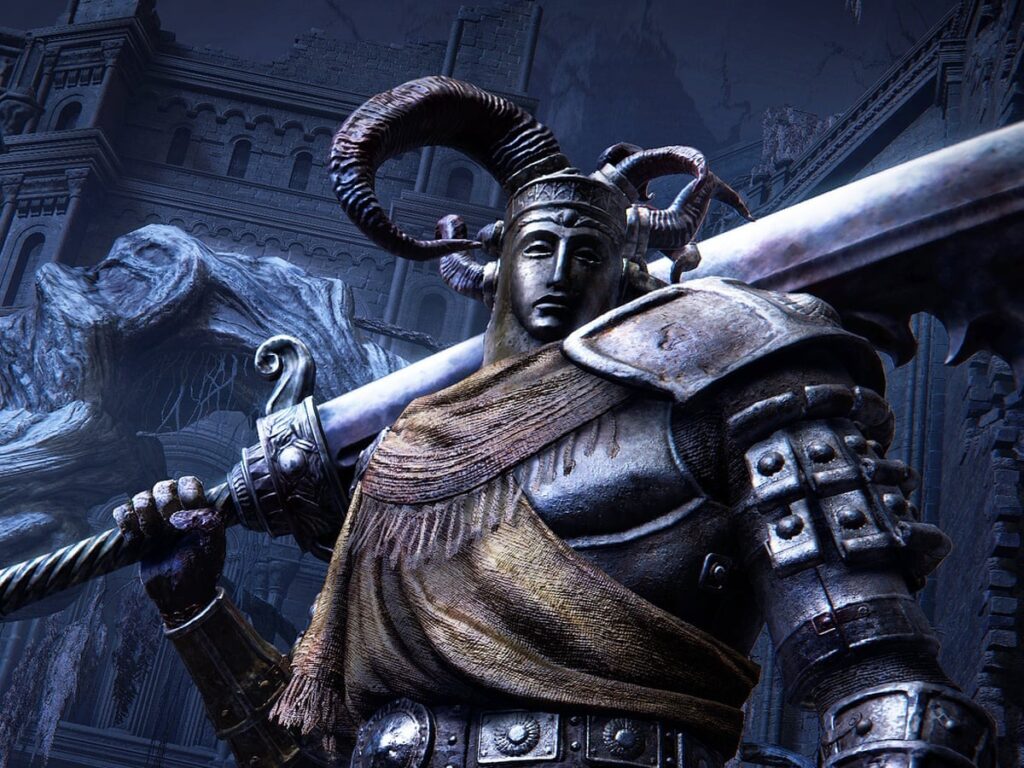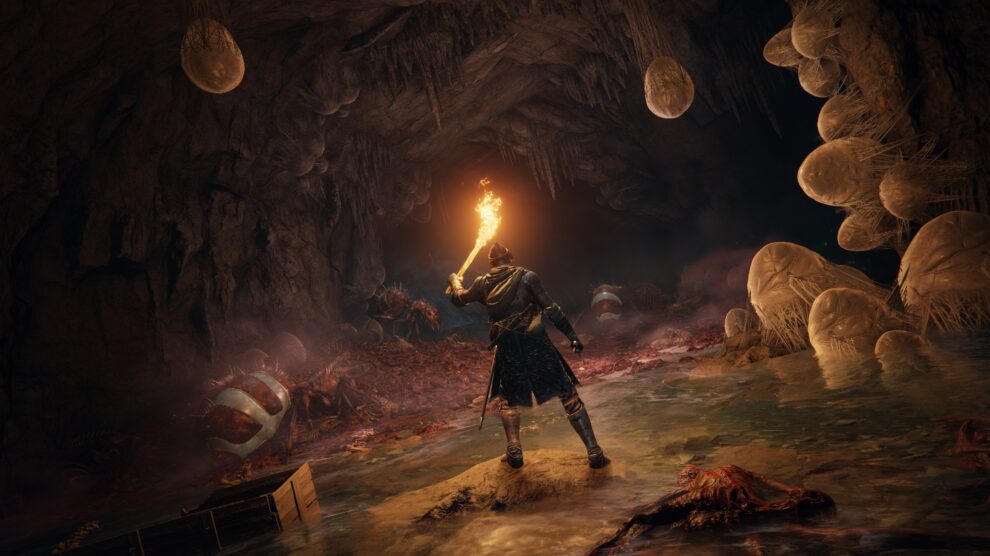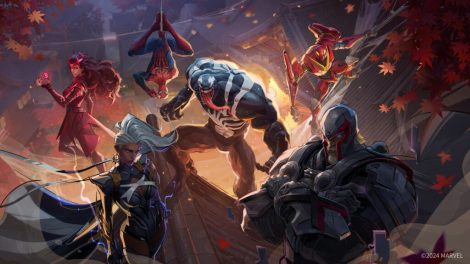Hidetaka Miyazaki’s comments on the difficulty of Elden Ring’s DLC, Shadow of the Erdtree, reignite the ongoing debate about challenge in video games. His stance that difficulty is integral to the game’s identity and appeal raises important questions about game design, player experience, and the evolving landscape of interactive entertainment.

The Philosophy Behind the Challenge
Difficulty as a Core Design Element
Miyazaki’s approach to difficulty is multifaceted:
- Challenge is seen as a fundamental part of the game’s identity
- Overcoming obstacles is viewed as the primary source of player satisfaction
- Difficulty is used as a storytelling and world-building tool
The Psychological Impact
This design philosophy taps into several psychological principles:
- Sense of accomplishment from overcoming significant challenges
- Increased engagement through the need for skill development
- Creation of memorable experiences through intense emotional investment
Balancing Challenge and Accessibility
The Case for High Difficulty
Proponents of Miyazaki’s approach argue:
- Consistent challenge maintains the game’s artistic vision
- Difficulty fosters a sense of community among players
- Overcoming hardship can lead to personal growth and satisfaction
Arguments for Accessibility
Critics of this design philosophy contend:
- High difficulty can exclude players with different skill levels or abilities
- Optional easier modes could broaden the game’s appeal without compromising the core experience
- Accessibility options could allow more players to engage with the game’s story and world
Impact on Player Experience
The Thrill of Victory
For many players, the high difficulty results in:
- Intense feelings of achievement upon defeating challenging bosses
- A deep sense of investment in character progression and skill development
- Memorable gaming moments that stand out in their experience
The Risk of Frustration
However, the challenging nature of the game can also lead to:
- Potential burnout or abandonment by players who find the difficulty overwhelming
- Gatekeeping within the community, where some players may feel excluded
- Missed opportunities for players to experience the game’s rich lore and world-building
Difficulty as a Market Differentiator
Elden Ring’s Commercial Success
The game’s popularity challenges some conventional wisdom:
- Demonstrates a significant market for highly challenging games
- Shows that difficulty can be a unique selling point
- Proves that niche design philosophies can achieve mainstream success
Influence on the Industry
Elden Ring’s success has broader implications:
- May encourage other developers to create more challenging games
- Could lead to a reevaluation of difficulty settings in game design
- Might influence how games are marketed and reviewed
The Role of DLC in Game Design
Escalating Challenge in Shadow of the Erdtree
The DLC’s increased difficulty serves several purposes:
- Provides new challenges for players who mastered the base game
- Extends the game’s lifespan by offering fresh, demanding content
- Reinforces the game’s identity and core design philosophy
Player Expectations for DLC
The approach to DLC difficulty raises questions about player expectations:
- Do players expect DLC to be more challenging than the base game?
- How does DLC difficulty impact the overall game experience?
- Should DLC cater to all players or focus on the most dedicated fans?
The Future of Difficulty in Game Design
Evolving Approaches to Challenge
As the industry evolves, we may see:
- More nuanced implementations of difficulty, beyond simple “easy” and “hard” modes
- Increased use of adaptive difficulty systems that adjust to player performance
- Greater emphasis on optional challenges that don’t gate main story progression
Balancing Artistic Vision and Inclusivity
Game designers will continue to grapple with:
- Maintaining a consistent vision while accommodating diverse player needs
- Implementing accessibility features without compromising core gameplay
- Communicating difficulty levels effectively to potential players
Conclusion: The Ongoing Debate
Hidetaka Miyazaki’s stance on the difficulty in Elden Ring and its DLC, Shadow of the Erdtree, encapsulates a broader debate in the gaming industry. The philosophy of using high difficulty as a core design element has proven successful for FromSoftware, contributing to Elden Ring’s critical acclaim and commercial success. It has created a dedicated fan base that values the sense of achievement from overcoming formidable challenges.
However, this approach also raises important questions about accessibility and inclusivity in gaming. As the industry continues to grow and diversify, the balance between maintaining a challenging, cohesive vision and welcoming a broader audience becomes increasingly complex.
Ultimately, the discussion around Elden Ring’s difficulty reflects larger conversations about the nature of games as an art form, the role of challenge in entertainment, and the responsibilities of creators to their audience. It’s a debate that will likely continue to evolve as gaming technology advances and player demographics shift.
While there may not be a one-size-fits-all solution, the ongoing dialogue between developers, players, and critics is crucial. It pushes the boundaries of game design, encourages innovation, and ultimately contributes to the rich tapestry of experiences that video games can offer. As we look to the future, it will be fascinating to see how developers like Miyazaki and others navigate these challenges, potentially finding new ways to create games that are both uncompromising in their vision and accessible to a wide range of players.










Add Comment